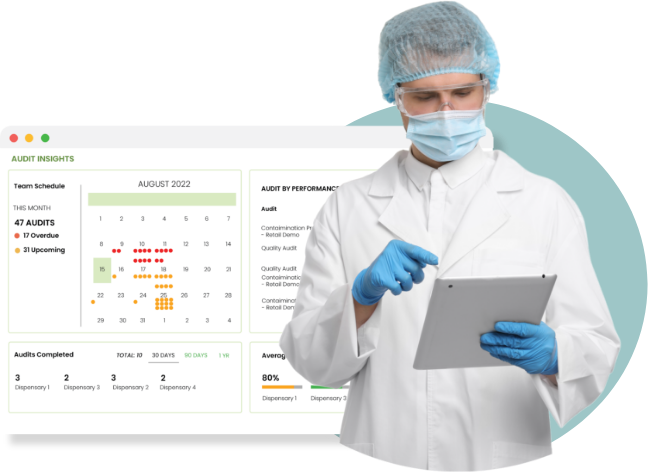Author: Ben Hartman | February 13, 2025 | 3 Min Read
GAO Calls for More Oversight of Meat and Poultry as Deregulation Looms

The United States Department of Agriculture should increase its oversight of meat and poultry due to health risks to consumers, the Government Accountability Office stated in a new study issued earlier this month.
“Each year, foodborne illnesses sicken one in six Americans, and thousands die, according to CDC’s most recent estimates. A July 2024 outbreak of Listeria monocytogenes made at least 61 people in 19 states sick and caused 10 deaths, as of November 21, 2024. Improving federal oversight of food safety has been on GAO’s High-Risk List since 2007,” the authors wrote.
According to the study, since the USDA Food Safety and Inspection Service (FSIS) designated Salmonella as an adulterant in not ready-to-eat breaded stuffed checking products in 2018, the FSIS has not finalized any new or updated standard for other illness-causing pathogens in meat and poultry products.
Study: New Policies Are Needed
The study’s authors called on the USDA to prioritize new policies to reduce pathogens in Salmonella in meat and Campylobacter in turkey, develop better methods of responding to outbreaks, and provide educational materials on pathogens at plants regulated by the USDA.
A study published by the GAO last month called for a national food strategy to help ensure agencies work together to prevent foodborne illness.
The report highlights how the safety and quality of food in the U.S. is governed by at least 30 federal laws, which 15 federal agencies administer. The authors of the report recommend a new, more streamlined system.
“GAO has long reported that the fragmented nature of the federal food safety oversight system causes inconsistent oversight, ineffective coordination, and inefficient use of resources,” the authors wrote.
The report was published a week before two Republican representatives introduced a bill to prevent the USDA from pursuing a bill to reduce salmonella in raw poultry products, Food Safety News reported.
The bill presented by Steven Womack, R-AR, and Tracey Mann, R-KS would prevent the USDA from implementing or enforcing the proposed rule “Salmonella Framework for Raw Poultry Products,” 89 Fed. Reg. 64678, which would make it illegal to sell any raw poultry containing 10 or more colony-forming units (CFU) of Salmonella.
The standard would also require routing USDA sampling and verification testing and the implementation of written procedures to prevent contamination by entering pathogens throughout the slaughter and dressing processes.
Report: FDA Must Strengthen Inspection Efforts
In January, the GAO released a report that the FDA has not met mandated targets for food inspections since 2018 and must strengthen its inspection efforts to protect the nation’s food supply.
The report stated that the FDA did not inspect about 7 percent of high-risk domestic facilities due for inspection during fiscal year 2019 and in 2021 the percentage rose to 40 percent and 49 percent, respectively. The authors of the report state that staffing issues played a central role in this shortcoming.
“FDA’s investigator cadre has remained understaffed for years…in July 2024, FDA had a total of 432 investigators—90 percent of the full-time equivalent ceiling—for conducting both domestic and foreign inspections, according to FDA officials. Taking steps to determine the appropriate size of its foreign investigator cadre would help FDA better plan its foreign inspection efforts and, in turn, better ensure the safety of imported food for U.S. consumers.”
In light of these staffing issues, the GAO made three recommendations.
“GAO recommends that FDA (1) determine the appropriate size and workload of its foreign investigator cadre, (2) identify and implement additional procedures to minimize incidences of attempted inspections of domestic food facilities, and (3) develop and implement a formal performance management process focused on its food safety inspection efforts.”
Food contamination outbreaks are highly dangerous - but the use of proper sanitation techniques helps mitigate this risk. To learn more about how to implement proper sanitation methods in food production, watch the recent Rootwurks webinar "What You Need for an Effective Sanitation Program in the Food Industry" here.
Contributors

Ben Hartman
From HACCP certification to the basics of hygiene, our on-demand courseware has you covered.



.jpg?width=120&height=80&name=Baby%20(1).jpg)



